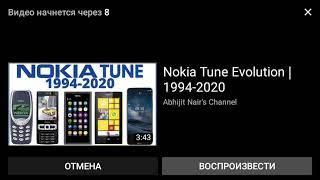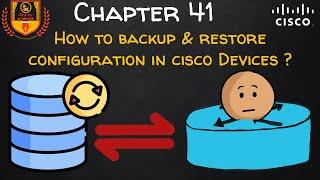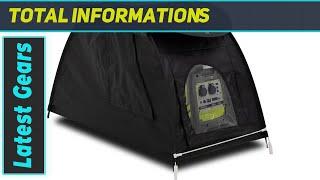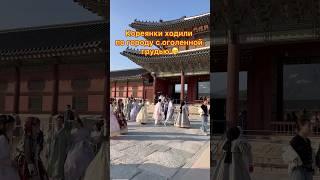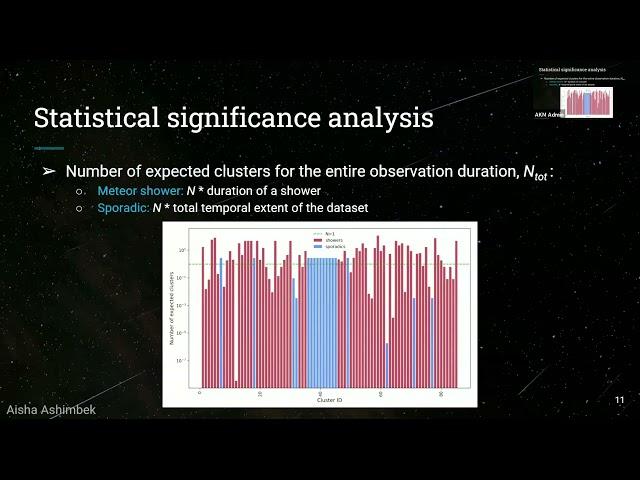
Search for Meteor Clusters in Meteor Orbit Databases ( IMC 2024 )
Aishabibi Ashimbekova, Jeremie Vaubaillon
The existence of meteor clusters has long been a subject of speculation, with only
eight cases reported to date. We conducted an extensive search of the meteor orbit
database from the International Astronomical Union Meteor Data Center to identify additional
clusters. Using a density-based spatial clustering algorithm (DBSCAN), we detected
potential cluster candidates. These candidates were further examined through
a meteor shower association test and statistical analysis to distinguish real clusters
from chance occurrences. As a result, we identified 16 high-confidence meteor clusters.
The central tendencies of their geocentric observable quantities indicate that 90%
of the clusters occur within 8 seconds and consist of 4-7 fragments, with a maximum velocity separation of 2.20 km/s and a maximum angular separation of 3.89° between
their radiants. Our study suggests that meteor clusters are more common than the eight reported cases, though they are not exceedingly abundant, indicating that observed
clusters might be exceptional intense outbursts. Future work will reassess the
frequency of meteoroid self-fragmentation and its implications for meteoroid physical lifetime expectancy.
https://imc2024.imo.net/program
The existence of meteor clusters has long been a subject of speculation, with only
eight cases reported to date. We conducted an extensive search of the meteor orbit
database from the International Astronomical Union Meteor Data Center to identify additional
clusters. Using a density-based spatial clustering algorithm (DBSCAN), we detected
potential cluster candidates. These candidates were further examined through
a meteor shower association test and statistical analysis to distinguish real clusters
from chance occurrences. As a result, we identified 16 high-confidence meteor clusters.
The central tendencies of their geocentric observable quantities indicate that 90%
of the clusters occur within 8 seconds and consist of 4-7 fragments, with a maximum velocity separation of 2.20 km/s and a maximum angular separation of 3.89° between
their radiants. Our study suggests that meteor clusters are more common than the eight reported cases, though they are not exceedingly abundant, indicating that observed
clusters might be exceptional intense outbursts. Future work will reassess the
frequency of meteoroid self-fragmentation and its implications for meteoroid physical lifetime expectancy.
https://imc2024.imo.net/program
Комментарии:
Search for Meteor Clusters in Meteor Orbit Databases ( IMC 2024 )
International Meteor Organization
заставки nokia 1999г и наоборот
юсупов мухаммад
A weekend in ATLANTA Georgia! - Atlanta Travel Guide 2023
Tourist to Local
The Before Trilogy - "I'm a Time Traveler"
thisiszohair
24 часа слежу за своим парнем ЕГОРИКОМ! челлендж
ЕГОРИК VS А4



